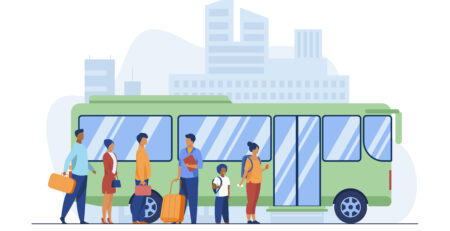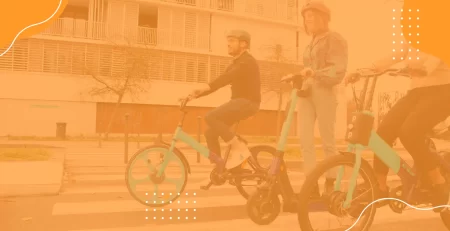Scootable vs. Traditional Bike Sharing: A Comparison
Scootable vs. Traditional Bike Sharing: A Comparison
As urban mobility continues to evolve, new forms of transportation are emerging to meet the needs of commuters in bustling cities. Traditional bike sharing programs have been a popular option for short-distance travel, but now there’s a new player in town – Scootable. This innovative Mobility-as-a-Service (MaaS) platform offers a range of benefits that set it apart from traditional bike sharing programs. In this article, we will compare Scootable and traditional bike sharing in terms of cost and convenience, as well as safety and efficiency.
Scootable vs. Traditional Bike Sharing: Cost and Convenience
When it comes to cost and convenience, Scootable offers a significant advantage over traditional bike sharing programs. While bike sharing typically requires users to pick up and drop off bikes at designated stations, Scootable’s scooters are conveniently located throughout the city and can be easily accessed through a smartphone app. This eliminates the need for users to travel to specific locations and allows for greater flexibility in terms of pick-up and drop-off points.
Additionally, the cost structure of Scootable differs from traditional bike sharing programs. While bike sharing often requires users to purchase a membership or pay for a certain amount of time, Scootable operates on a pay-as-you-go model. This means that users only pay for the time they actually use the scooter, making it a more cost-effective option for short trips or occasional use. The ability to unlock and pay for a scooter with just a few taps on a smartphone further enhances the convenience factor.
Scootable vs. Traditional Bike Sharing: Safety and Efficiency
When it comes to safety and efficiency, Scootable’s cutting-edge use of artificial intelligence (AI) sets it apart from traditional bike sharing programs. Scootable’s AI system is equipped with sensors that can swiftly detect accidents involving scooters, ensuring rider safety. This not only provides peace of mind for users, but it also minimizes maintenance and repair costs associated with damaged scooters.
Furthermore, Scootable’s AI-powered algorithms analyze historical accident data and real-time traffic conditions to provide riders with safe route recommendations. This goes beyond traditional bike sharing programs that simply provide a map or suggested routes. By prioritizing safety and taking into account potential hazards, Scootable ensures that users have the most efficient and secure journey possible.
In conclusion, Scootable offers a range of advantages over traditional bike sharing programs when it comes to cost, convenience, safety, and efficiency. With its pay-as-you-go model and smartphone app accessibility, Scootable provides users with a more flexible and cost-effective option for short-distance travel. Additionally, the use of artificial intelligence enables Scootable to enhance rider safety and provide efficient route recommendations that prioritize security.
As urban mobility continues to evolve, Scootable’s innovative approach to shared mobility is transforming the way we navigate our cities. By reducing urban clutter and seamlessly integrating with public transit systems, Scootable is enhancing the quality of life in urban environments. With its commitment to sustainability and global connectivity, Scootable is undoubtedly at the forefront of the shared mobility revolution.










